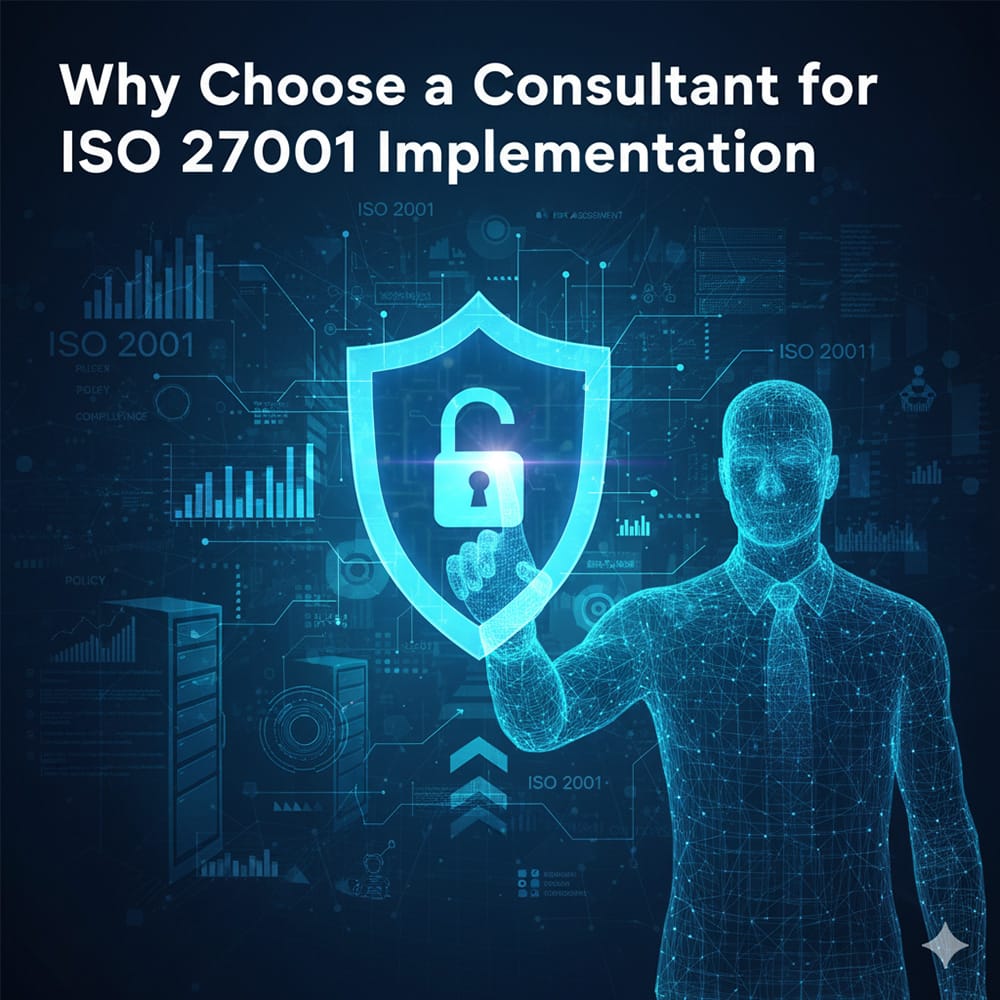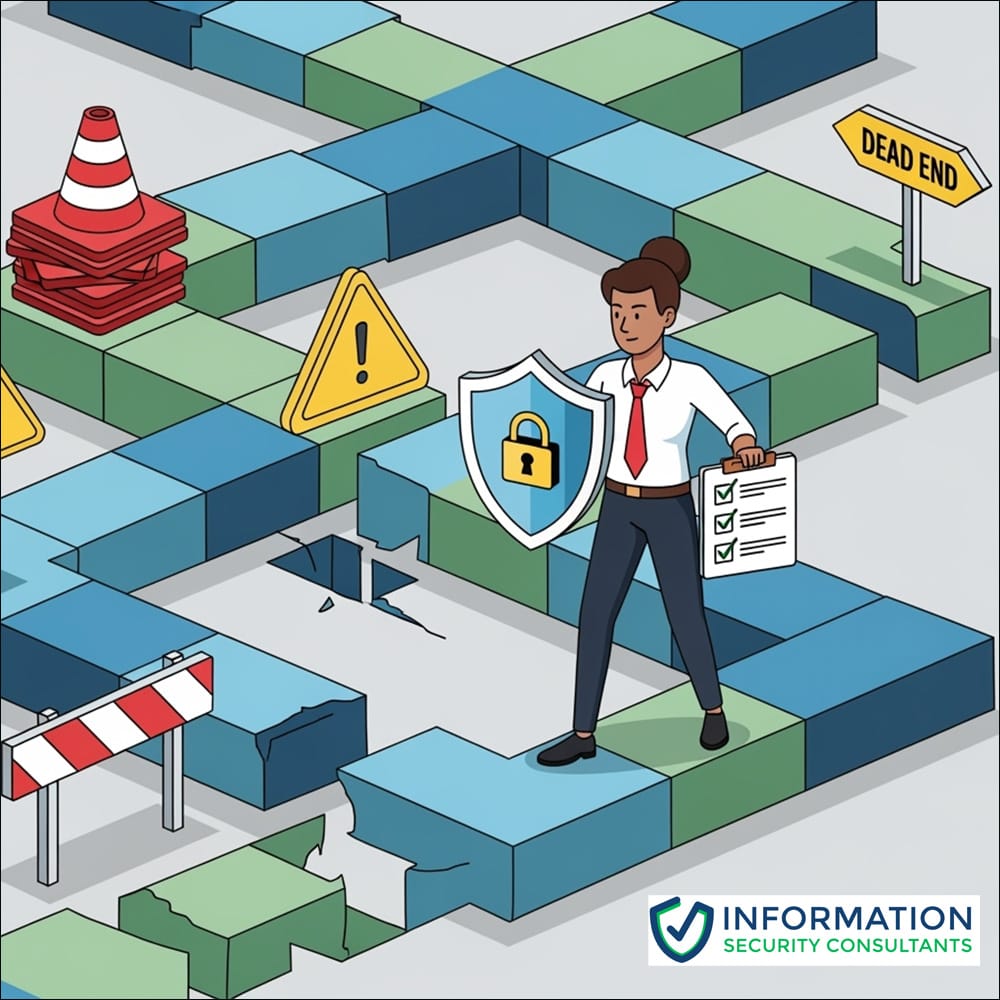Home » What is SOC 2? – Guide to SOC 2 Compliance & Certification
What is SOC 2? - Guide to SOC 2 Compliance & Certification
Trust is everything — especially when it comes to handling sensitive customer data. For Australian businesses providing cloud-based services or software, SOC 2 compliance is fast becoming a must-have. But what exactly is SOC 2, why does it matter, and how can your organisation achieve certification? Here’s your plain-English guide to SOC 2 compliance and certification, tailored for Aussie businesses.
What is SOC 2?
SOC 2 (Service Organisation Control 2) is an internationally recognised framework developed by the American Institute of Certified Public Accountants (AICPA). It’s designed to ensure service providers securely manage data to protect the privacy and interests of their clients. SOC 2 is especially relevant for technology companies, SaaS providers, and any business that stores or processes customer data in the cloud.
The Five Trust Services Criteria
- Security – Protecting systems and data from unauthorised access.
- Availability – Ensuring systems are available for operation and use as committed.
- Processing Integrity – Delivering systems that process data accurately and reliably.
- Confidentiality – Protecting confidential information from unauthorised disclosure.
- Privacy – Collecting, using, retaining, disclosing, and disposing of personal information appropriately.
Why is SOC 2 Important for Australian Businesses?
- Builds Trust: Demonstrates your commitment to protecting customer data and meeting international standards.
- Meets Client Demands: Many enterprise and government clients now require SOC 2 compliance before signing contracts.
- Competitive Edge: Sets your business apart in a crowded market.
- Reduces Risk: Helps identify and address security gaps before they become major issues.
- Supports Growth: Opens doors to new markets and larger clients, especially in the US and globally.
SOC 2 vs. ISO 27001: What’s the Difference?
While both frameworks focus on information security, they have key differences:
- SOC 2 is an attestation report (not a certification) and is more common among SaaS and cloud providers, particularly for North American clients.
- ISO 27001 is a formal certification recognised worldwide, often preferred by Australian and European clients.
- Many Aussie companies pursue both, depending on client requirements and market strategy.
The SOC 2 Compliance Process
1. Readiness Assessment
Start with a gap analysis to compare your current controls against SOC 2 requirements. This highlights what you’re doing well and where improvements are needed.
2. Remediation
Address any gaps by updating policies, strengthening technical controls, and improving processes. This may include:
- Implementing multi-factor authentication
- Enhancing incident response plans
- Improving staff security training
3. Evidence Collection & Monitoring
SOC 2 requires proof that controls are operating effectively over time. Collect logs, screenshots, reports, and training records as evidence.
4. External Audit
Engage a qualified, independent auditor (usually a CPA firm). They’ll review your controls and evidence, then issue a SOC 2 report.
5. Ongoing Compliance
SOC 2 isn’t a one-off project. Maintain your controls, monitor compliance, and prepare for annual audits to keep your SOC 2 status current.
Types of SOC 2 Reports
- Type I: Assesses the design of controls at a specific point in time.
- Type II: Assesses the operational effectiveness of controls over a period (usually 3–12 months). Most clients prefer Type II for its greater assurance.
Common Challenges for Australian Businesses
- Understanding US-centric terminology and expectations
- Balancing SOC 2 with local regulations like the Privacy Act
- Maintaining compliance with limited internal resources
- Collecting and organising audit evidence
- Working with an experienced partner like ISC can help you navigate these challenges and avoid common pitfalls.
How ISC Can Help
At Information Security Consultants (ISC), we support Aussie businesses through every stage of the SOC 2 journey:
- Readiness assessments and gap analysis
- Remediation planning and implementation
- Policy and procedure development in plain English
- Staff training and awareness
- Audit preparation and ongoing compliance support
SOC 2 compliance is a powerful way for Australian businesses to build trust, win new clients, and protect valuable data. While the process can seem daunting, the right guidance makes it achievable—and well worth the effort.
Ready to start your SOC 2 journey?
Contact ISC for a confidential, no-obligation chat about your needs.
Phone: 1300 887 463
Email: info@iscau.com





